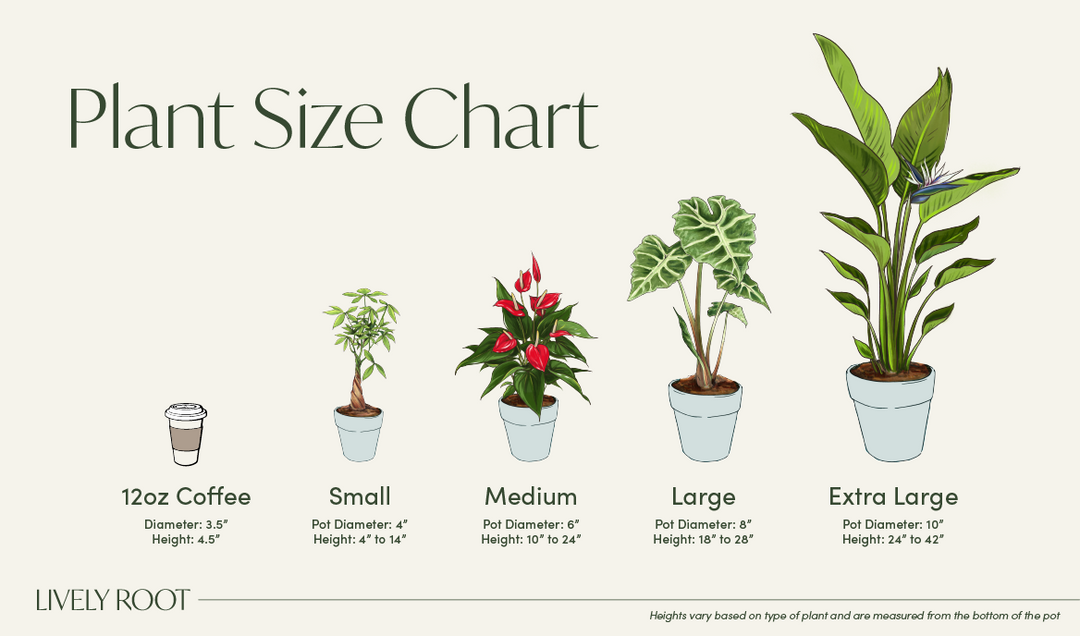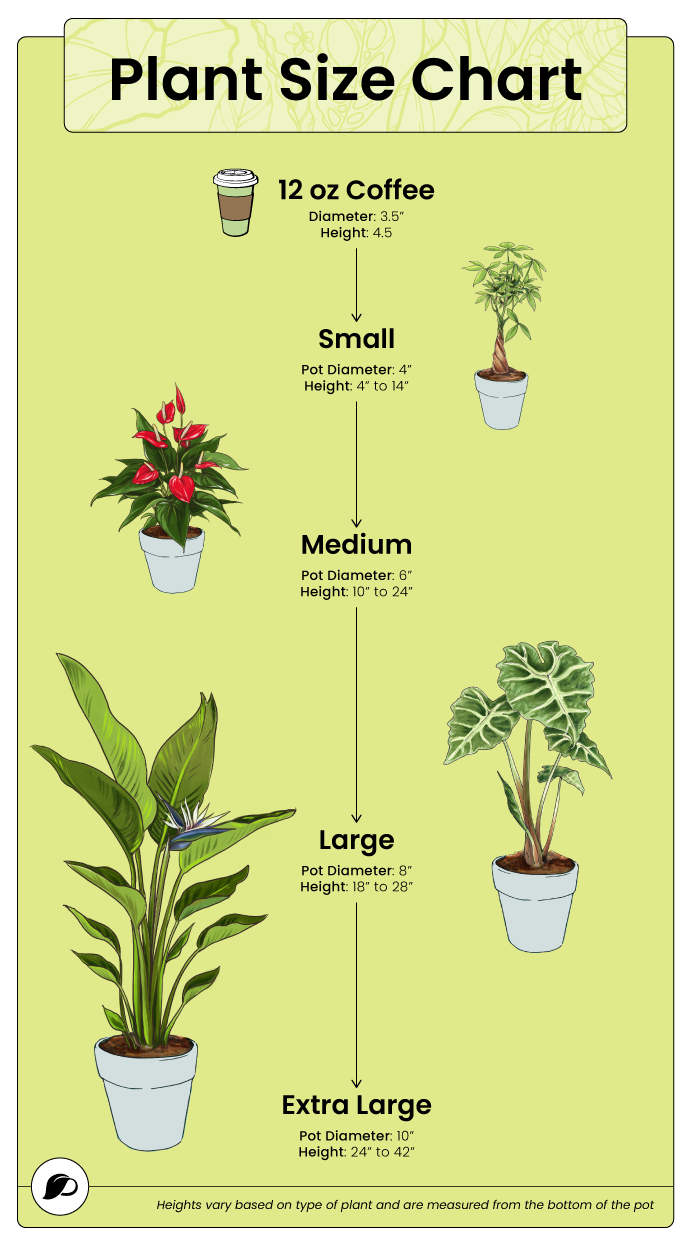Welcome
You have points
Recently viewed
Wishlist
Sign in to access your favorites

The Spider Plant (Chlorophytum comosum) is one of the most popular indoor houseplants. It has long, striped leaves growing in bushy spikes. This variety is a Reverse Variegated Spider Plant that boasts white stripes on both sides of the lime-green leaf, instead of in the middle. This flowering plant can produce long offshoots with tiny, white, star-shaped flowers all year round in the right conditions.
Native to the tropical regions of Africa, the Spider Plant Chlorophytum Comosum loves a warm and slightly humid environment. It’s an adaptable plant that you can grow outdoors in warm weather in hardiness zones 9-11. The Spider Plant belongs to the Asparagaceae family which includes asparagus and Dracaena plants.
Spider plants thrive in medium indirect light and are easy to care for, making them excellent beginner plants. Moreover, the Spider plant is non-toxic to cats and dogs, hence it’s suitable for plant lovers with pets.
The Spider Plant is associated with prosperity and harmony. In Feng Shui, this lovely plant is placed in the eastern corner of the home to invite positive energy flow and provide stability.
There are many Spider plant varieties, like the round-shaped Curly Spider Plant, the compact Dwarf Spider Plant, or the regular Variegated Spider Plant, which has leaves with a single middle stripe.
Spider plants are easy to grow indoors when you provide them with the right conditions. Here are some important Spider Plant care tips to keep your plant in great shape:
Water your Spider plant well, and wait until the top inches of the soil feel dry before the next watering. Spider plants can be sensitive to chemicals contained in tap water, so it’s best to water with filtered or distilled water. Medium humidity is sufficient for your reverse Spider plant.
The Spider plant can adapt to low-light conditions, however, it prefers medium indirect light for optimal growth and flowering. Your reverse Spider plant can withstand temperatures as low as 35°F but thrives in temperatures, ranging from 70℉ to 90℉. Anything lower than 65°F will slow down the plant’s growth.
Because it can be susceptible to root rot, the ideal soil for your Spider plant with reverse variegation should be well-draining. You can add some perlite to improve drainage. Feed your plant with a balanced liquid fertilizer diluted to half strength once a month during the growing season. Don’t overfertilize as this can harm your plant. Repot your Chlorophytum comosum plant every 2 years.
If you’re wondering how to propagate your Spider plant, it’s easy. You’ll see your plant growing slender stems with miniature Spider plant babies, called spiderettes or plantlets. You can grow new plants by removing them and planting them in damp soil. Using rooting hormone before placing them in pots with soil can speed up the root development.
Prune any discolored or dead leaves occasionally to keep your plant looking its best. Brown tips on your Spider plant can indicate that you’re fertilizing it excessively. Crisp, dry tips can also be due to lack of humidity, underwatering, or using tap water that contains chlorine or fluoride. Mushy, yellow leaves that fall off easily are a sign of overwatering.
Getting live Spider plants is the perfect way to create a vibrant, green corner in your home or office.
Having a Spider Plant in your home creates a lush, jungle atmosphere, especially if you group it with other tropical plants, like we did in our Jungle Starter Plant Collection.
If you’re looking for other plant varieties, consider these beautifully bushy and lush houseplants that will add vitality and elegance to any interior:
Wondering where to buy Spider plants to enhance your living space with their lush charm? Then, look no further than Lively Root!
Follow us @livelyroot & show us your #livelyroot plants

